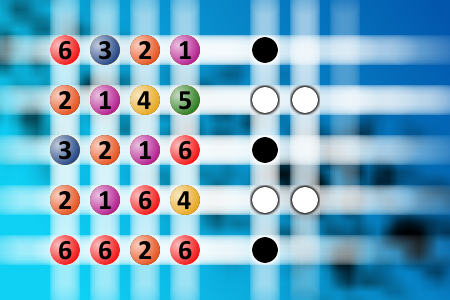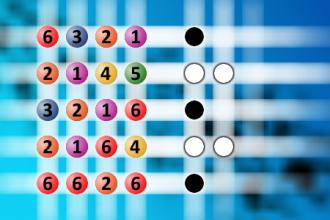What a winning combination?
The computer chose a secret code (sequence of 4 digits from 1 to 6). Your goal is to find that code. Black circles indicate the number of hits on the right spot. White circles indicate the number of hits on the wrong spot.Correct answers: 0
#brainteasers #mastermind

Quit Smoking
A young couple had been married for a couple of months, but the man was always after his wife to quit smoking.
One afternoon, she lit up after some love making, and he said, "You really ought to quit."
She, getting tired of his nagging, said, "I really enjoy a good cigarette after sex."
He replied, "But they stunt your growth."
She asked if he ever smoked, and he replied he never had.
Smiling and lifting her gaze to his groin, she said, "So, what's your excuse?"

